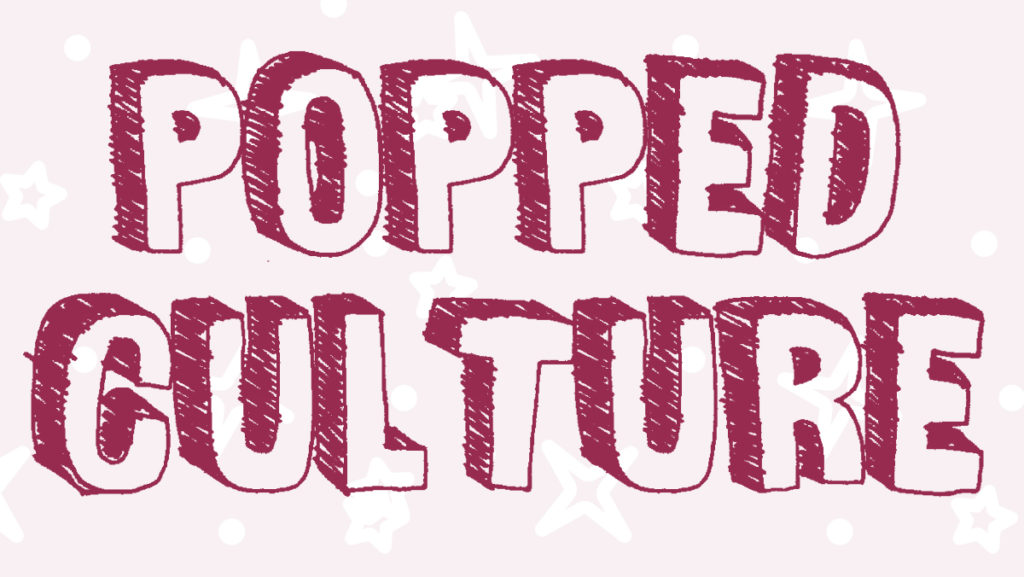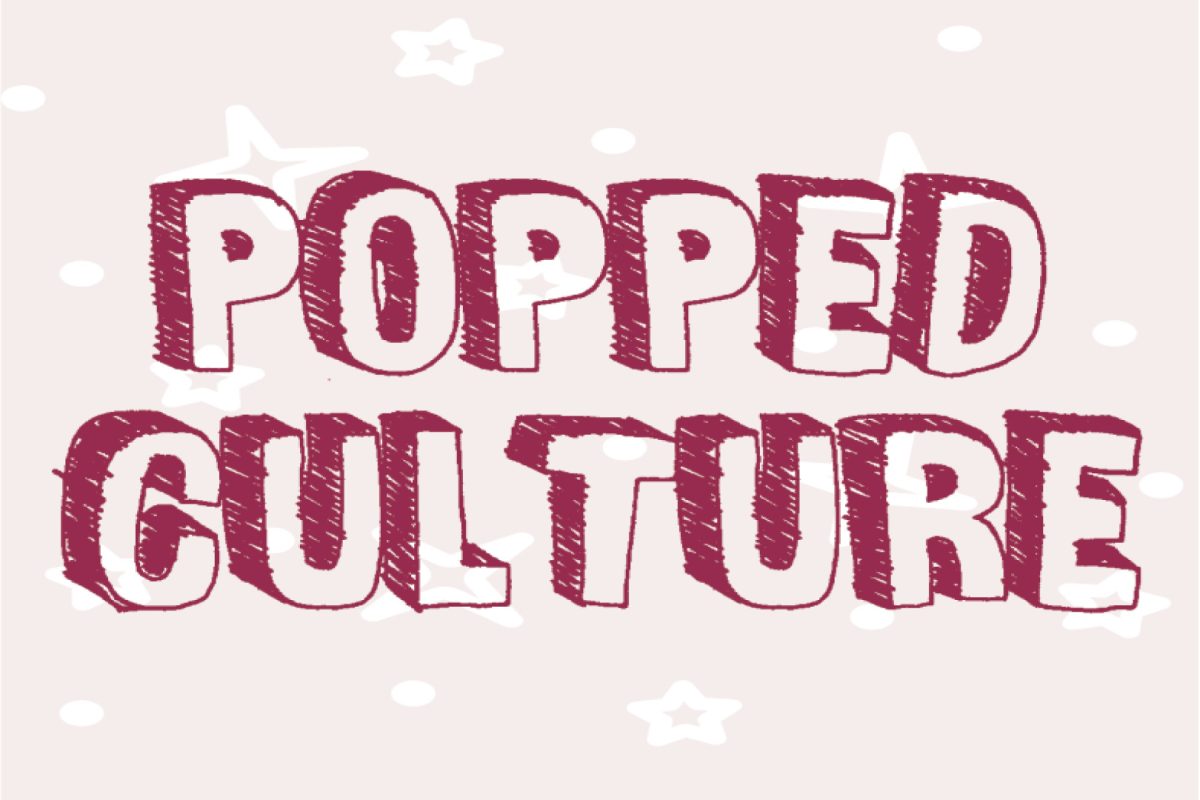A close–up of a man’s tanned eight–pack framed by a dripping–wet, white button–up shirt is not something I’d expect to see at the grocery store. And yet I have seen this exact image at the grocery store so many times that I don’t even register it.
If you don’t care about them, chances are you don’t think about them, but romance novels are everywhere and they always have been. Check the little book stands and aisles in Wegmans, CVS and Walmart, and you’ll see them in all their paperback, curly-font glory.
Romance novels account for 23% of all fiction sales and generate around $1.08 billion per year. They make the same number of annual profits as the mystery and science fiction/fantasy novel industries combined. Mystery and science fiction/fantasy are also romance’s closest competitors in fiction publishing.
Despite its prominence, romance is often the laughing stock of the literary world. The novels are stereotyped as being pulpy, poorly written and full of fluffy depictions of hot heros rescuing damsels or bizarre erotica that is somehow both misogynist and misandrist. So what are romance novels really and why are they so popular?
Last summer, a self-published romance series called “Ice Planet Barbarians” by Ruby Dixon made Amazon’s bestsellers list despite the first book in the series having come out six years prior on the Kindle store with little attention received. The novels, about a group of women who are abducted by aliens then rescued by another group of aliens who are blue, ripped and shockingly gentlemanly, gained viral popularity due to how fun they were to meme and how surprisingly well-written they were. Across “BookTok,” or the book side of TikTok, content creators made both comical and genuine reviews about the books and they took off.
The popularity of “Ice Planet Barbarians” has sparked the series receiving a print release from Berkley on Nov. 30. I have never read “Ice Planet Barbarians” and I likely never will, but I’m happy it exists. Despite how entertaining it is to make fun of the series, at their core, these books are escapist fun. The blue, alien men are kind and sweet to their human, female companions, the characters are endearing, and it explores the underrepresented theme of male virginity. Yes, the blue, alien men are all virgins. Escapism and sex sell, that’s just the truth.
As far as romance novels go, “Ice Planet Barbarians” is an extreme example. Most romance novels are more down to earth, literally. Amazon’s current bestsellers include “A Not So Meet Cute” by Meghan Quinn, about a fake relationship between a businesswoman and businessman searching for wealth, and “It Ends with Us” by Colleen Hoover, about a workaholic trapped in a love triangle. It’s typical Hallmark fare.
“Outlander,” a historical fantasy romance series by Diana Gabaldon, has reigned as one of the most influential series in the genre since the first book was published in the 90s. The series follows a combat nurse during World War II who is transported back in time to Scotland in the 1700s. The series spawned a television drama adaptation in 2014 and its popularity has caused tourism in Scotland to increase by 200%.
With a readership that is 83% female and a primarily female authorship, romance novels are written for women by women. To the women who read romance, the genre is often empowering. Romance heroines are often intelligent, unapologetically–feminine ladies who don’t exist for the male gaze. They may fall for men, but it’s on their own terms. The genre also creates a rare space for women to explore their own sexuality when they are often the object of sexuality in other genres.
I’m not a romance fan, and if I’m being honest, I’ve spent much of my life as a reader extensively mocking the genre. However, if cynical businessmen, rugged Scotsmen and buff aliens bring people joy, who am I to judge? The genre wouldn’t be as popular as it is if it wasn’t near and dear to many people’s hearts. Maybe it’s time to pay it a little more respect.





